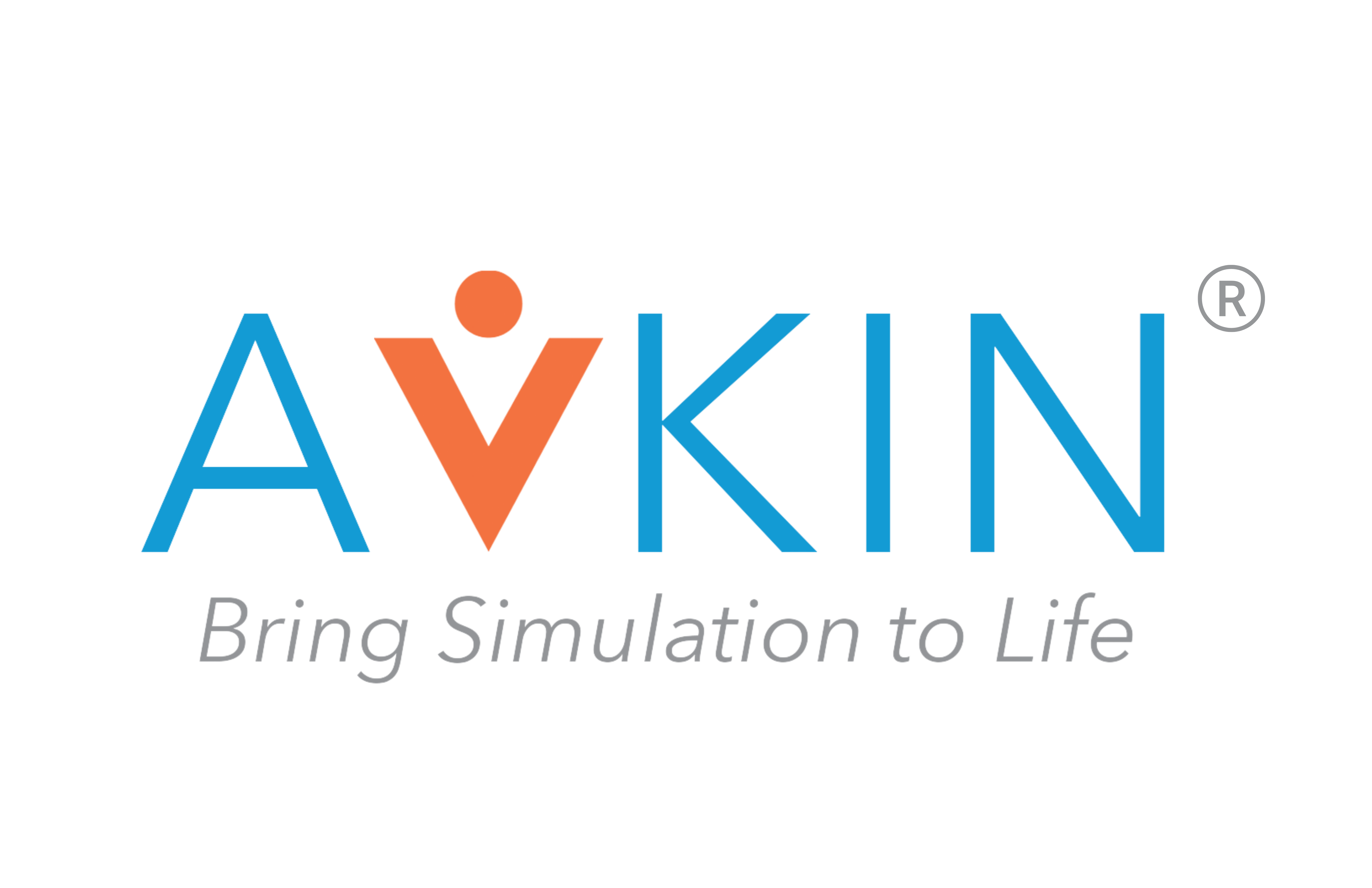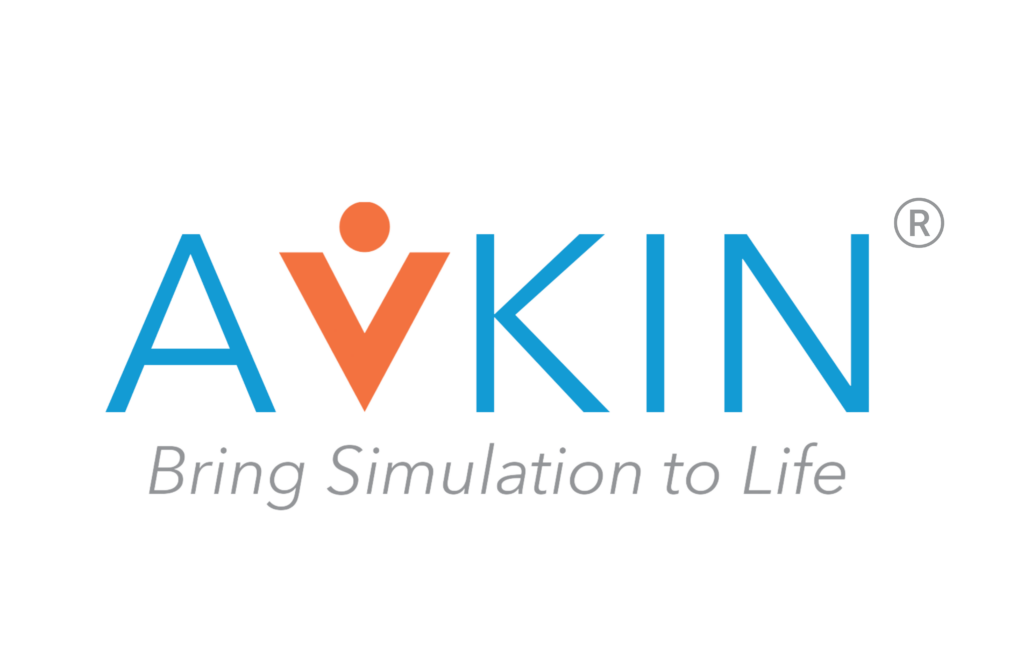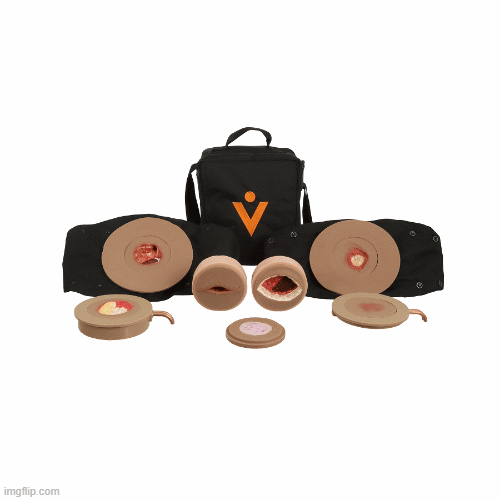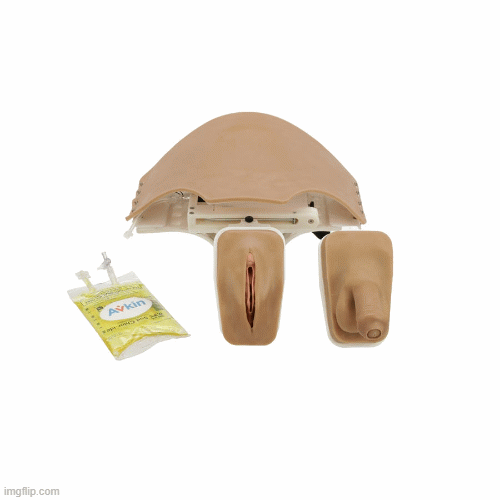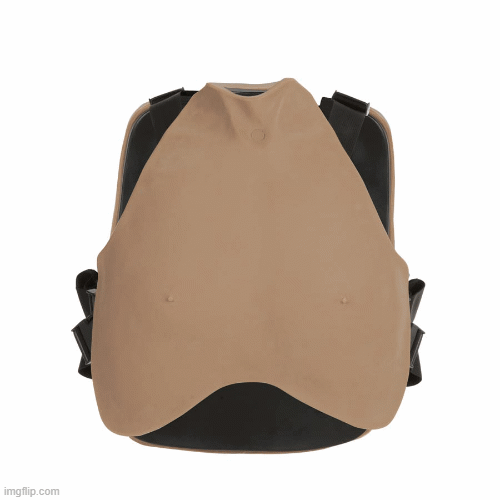Standardized Patient (SP) training in simulation encompasses improv activities for the actor in the simulation. Training your standardized patient with improv activities is an essential component of their training and education. Most institutions require an improv assignment into their audition process before they even begin the standardized patients training process. The reason for this is if the actor breaks character and begins to laugh or come out of character it is a key indicator that they may not be cut out to be a standardized patient. Traditional theater and improv work require two different skill sets and one does not necessarily transfer to the other.

Below we will provide more information on standardized patient training and improv assignments that can assist you in finding the appropriate standardized patients for your simulation program.
Basic Concepts-
C.R.O.W. is a helpful acronym to remember the essentials to any improv scene.
C stands for Characters.
R stands for Relationship.
O stands for Objective.
W stands for Where.
Character has to do with who you are as a person. Are you Marie Antoinette? Are you a college student who loves surfing and grew up in Cali? Are you a farmer in southern America? Characters in improv can be extremely versatile, but it should be consistent throughout the scene. In most improv scenes the actor has the ability to determine who their character is.
Pro Tip! – Look closely at who the actor chooses as their character, you don’t want people to take such extremes that it is not realistic.
Relationship is who your partner in your scene is to you. Is the other person in the scene your mother? Your ex-husband? Or a store clerk that you’ve never met before? What does that relationship look like? Do you hate each other? Just meet each other? This is going to change how you talk to this person. Try to encourage them to bring this up in the beginning of the scene. It helps the acting partners be on the same page. For example starting the scene by saying “Hey mom, can you pass me that bowl of apples?” This lets your partner know the basis of the relationship that they have with you.
Objective is what you are trying to get out of the interaction. This is what drives the scene and stops awkward silences. For example, a scene with a potato farmer and a LA tourist. Let’s say the potato farmer wants to plant his crop and the tourist wants to interview the potato farmer to get a real taste of country life. Together there is a conflict of objectives which will lead to an interesting scene.
Pro Tip! – You never want your actor to say no or stop the scene during impov just like in simulation. You want them to use the theory “yes and…” which means it keeps the scenario going, just like you want them to do in simulation.
Where is simply the location that the scene is taking place. You would speak very differently during a church service (quiet and stage whispering) versus a rock concert. Are you cold or hot? Is there a bee flying around your head?
Try out these improv games the next time you are doing virtual standardized patient training-
Quick Definition:
Skill Level 1/5
Ask For – An “ask for” is when you ask the audience to select the character (only a few words), where, and a random question to start the scene.
For example: Character: Mom from Georgia, Where: at dinner table, Question: what did she do today?
Question Game:
Skill Level 1/5
Cut the group in half. Have them get into two lines facing each other. Person A will ask a question. Person B will have to respond with a question. It does not have to pertain to the question that was said by the other person, but it has to be a question. No questions can be repeated and there can be no hesitation or pauses. Once someone “loses” they go to the back of the line and the next person will repeat the same pattern.
Two Person Scene:
Skill Level 2/5
This is a simple improv scene between two people. As the facilitator you can choose to give them a character, relationship, objective, and where.
Objection:
Skill Level 3/5
This is another full group game. For the first time running through this I would suggest having the facilitator be the judge. Essentially there will be one topic that is consistent throughout the whole scene. Set a timer for 5 minutes. One person will stand in front of the group and start monologuing about the chosen topic. As the group listens they will try to object to the person monologuing. This could be something on topic like “They said that tomatoes were a vegetable when they are a fruit” or something like “Their shoes are too white”. It is up to the judge to choose whether or not to “sustain” or “overrule”. If the objection is sustained that person will go in front of the group and start monologuing about the same topic. If the objection is overruled the person will continue monologuing. The goal is to be the one monologuing when the timer goes off. See video below for an example.
Freeze Frame:
Skill Level 4/5
This is a high energy level game. Have two people volunteer. As the facilitator you can choose to give them a situation. Two people can start acting in a scene. When going about the scene another person will call “FREEZE!” at that time they will take over the physicality or stance of one of the two people. They will tap that person “out” and start a completely different scene. Watch the video here for an example.
Virtual:
Dream Job:
Skill level 1/5
Have one-person volunteer. You will ask them to think of their childhood dream job. They will share it with the group. The group will proceed to ask them questions about that job. This can continue for approximately 3 minutes.
Some example questions are: Why did you want to do that profession? Did something/ someone lead you to want to do that job? What aspect of that job were you most looking forward to?
Expert in the Field:
Skill Level 3/5
This is an improv scene where you will have 1-3-people in a group. As the facilitator you will make them the panel expert in a random field. Then audience members will ask the panel random questions about that profession and the volunteer will have to create answers on the spot as if they are experts in the field.
Some examples of professions are: Bird Migration expert, Astrology expert, Toe Nail Polish expert.
